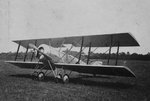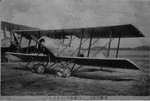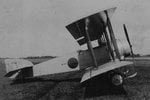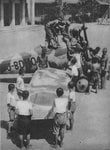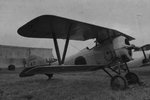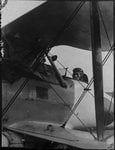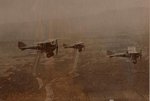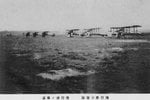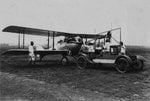- Thread starter
- #21
The Hanriot HD.14 was a military trainer aircraft produced in large numbers in France during the 1920s. It was a conventional, two-bay biplane with unstaggered wings of equal span. The pilot and instructor sat in tandem, open cockpits, and the fuselage was braced to the lower wing with short struts. The main units of the fixed tailskid undercarriage were divided, each unit carrying two wheels, and early production examples also had anti-noseover skids projecting forwards as well.
In 1922, production shifted to a much improved version, known as the HD.14ter or HD.14/23. This featured a smaller wing area, and revised tail fin, interplane and cabane struts, and fuselage cross-section. The landing gear track was narrowed in order to facilitate the aircraft's loading onto the standard army trailer of the day.
Incredibly prolific (the Aéronautique Militaire alone operated 1,925 examples), it was also licence-produced by Mitsubishi in Japan, where another 145 were built.
In 1922, production shifted to a much improved version, known as the HD.14ter or HD.14/23. This featured a smaller wing area, and revised tail fin, interplane and cabane struts, and fuselage cross-section. The landing gear track was narrowed in order to facilitate the aircraft's loading onto the standard army trailer of the day.
Incredibly prolific (the Aéronautique Militaire alone operated 1,925 examples), it was also licence-produced by Mitsubishi in Japan, where another 145 were built.

